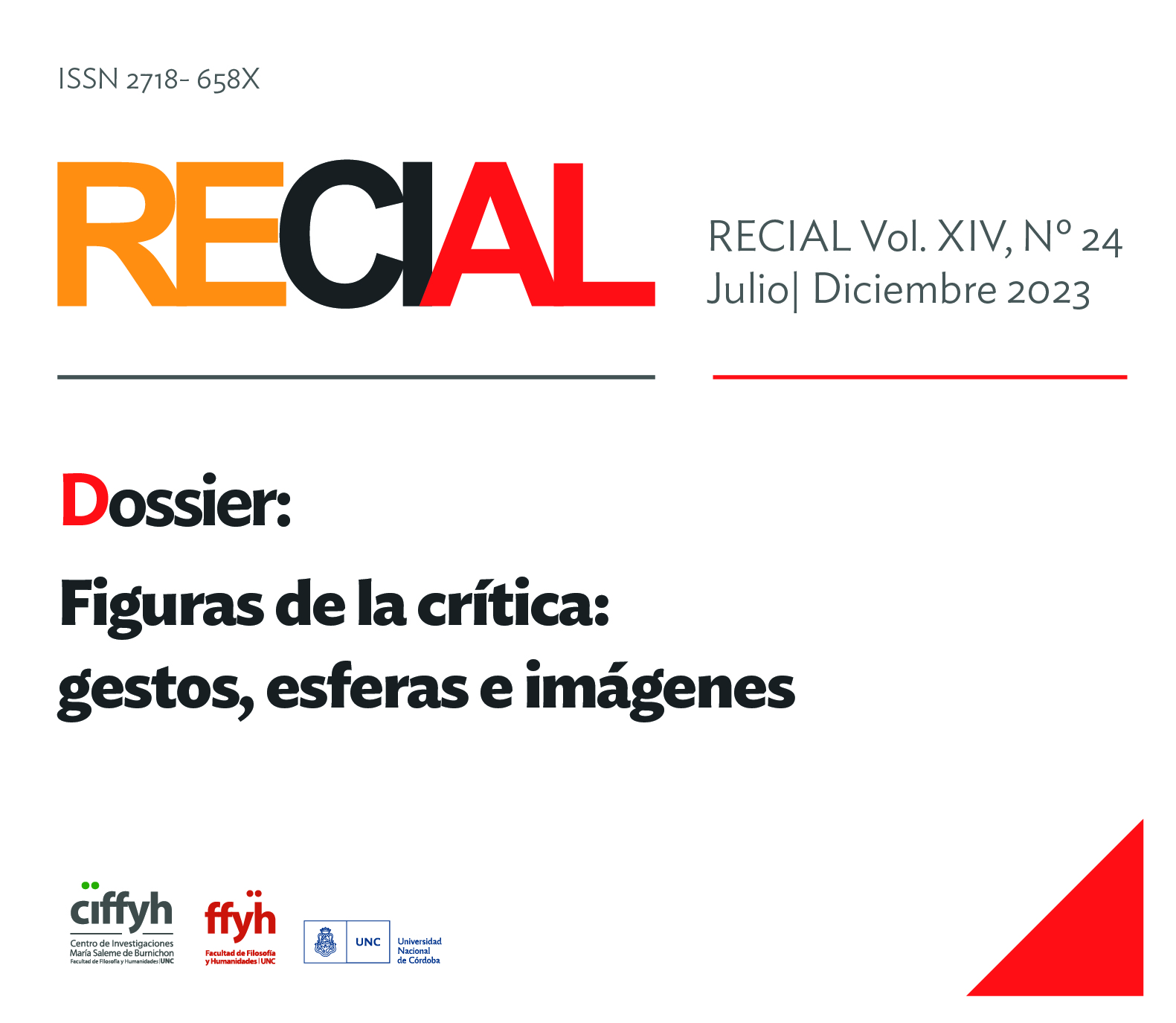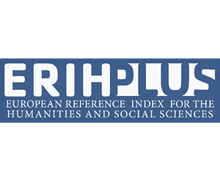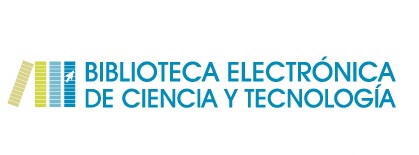Childhood fever. Beginnings of a pathological imagination in El orden alfabético of Juan José Millás
DOI:
https://doi.org/10.53971/2718.658x.v15.n24.43447Keywords:
imagination, lecture, childhood, illness, MillásAbstract
This article analyzes the novel El orden alfabético (1998) by the Spanish writer Juan José Millás and read there one of the inflections with which the discursivization of the disease is manifested. The hypothesis in this work holds that the narration of the disease leads us to read the construction of an inaugural myth: this myth articulates fever, childhood and reading under the figure of the sick child as elements that synthesize the beginning of a pathological imagination. This type of imagination makes feverish symptoms a fertile area for the production of fiction and tells us a reader origin. On the one hand, this origin myth relates an approach to reading conditioned by the disease, and, on the other hand, makes visible a metapoetic element of Millás’ novels that shows the materiality with which he constructs his narrative universe. In this way, the article traces a journey through the relationships between illness and literature, and childhood and feverish reading, to elucidate the appropriations with which in this novel Millás turns a common topic into an area of fictional productivity.
Downloads
References
Agamben G. (2011) Infancia e historia. Destrucción de la experiencia y origen de la historia. Buenos Aires: Adriana Hidalgo Editora
Barthes, R. (2008) Fragmentos de un discurso amoroso. Buenos Aires: Siglo Veintiuno Editores.
Bongers, W. (2006). “Literatura, cultura, enfermedad. Una introducción”. Literatura, cultura, enfermedad. Buenos Aires: Paidós.
Bouzaglo, N. y Guerrero F. (2009). “Fiebres del texto – ficciones del cuerpo”. Excesos del cuerpo: ficciones de contagio y enfermedad en América Latina. Ciudad Autónoma de Buenos Aires: Eterna Cadencia.
Canguilhem, G. (1971). Lo normal y lo patológico. Buenos Aires: Siglo Veintiuno Editores.
Dolzani, S. (2020). “Niños, monstruos, zombis, escrituras: posibilidades de vida en El mundo y Mi verdadera historia de Juan José Millás”. Boletin GEC (26), 73-97. Recuperado de: https://revistas.uncu.edu.ar/ojs3/index.php/boletingec/article/view/4197
Foucault, M. (2014). El nacimiento de la clínica. Una arqueología de la mirada médica. Buenos Aires: Siglo Veintiuno editores.
Fumis, D. (2019). Ficciones de familia e infancia en tres narradores españoles contemporáneos: Juan José Millás, Eduardo Mendicutti y Manuel Rivas. Tesis Doctoral, Universidad Nacional del Litoral. Recuerpado de: https://ri.conicet.gov.ar/handle/11336/86876?show=full.
Hörisch, J. (2006). “Las épocas y sus enfermedades. El saber patognóstico de la literatura”. Literatura, cultura, enfermedad. Buenos Aires: Paidós (47-72).
Landero, L. (2010). “Tumbados y resucitados”. Con otra mirada. Una visión de la enfermedad desde la literatura y el humanismo. Madrid, Taurus/ Fundación de Ciencias de la Salud.
Link, D. (2009). Fantasmas. Imaginación y sociedad. Buenos Aires: Eterna Cadencia.
---------. (2017). La lectura: una vida…. Ciudad Autónoma de Buenos Aires: Ampersand.
Millás, J. (1975). Cerbero son las sombras. Madrid: Alfaguara.
----------. (1998). El orden alfabético. Madrid: Alfaguara.
----------. (2001). “Literatura y enfermedad”. Con otra mirada. Una visión de la enfermedad desde la literatura y el humanismo. Madrid, Taurus/ Fundación de Ciencias de la Salud.
---------. (2013). “Juan José Millás: «Pertenezco a una generación cuyo modelo de escritor trabajaba por las mañanas en la oficina y por las tardes escribía»”. Quimera. Revista de literatura. Recuperado de: https://www.revistaquimera.com/entrevista-a-juan-jose-millas-por-gines-cutillas-en-quimera-354-mayo-de-2013/
----------. (2019). La vida a ratos. Madrid: De Bolsillo.
Monteleone, J. (2018). El centro de la tierra: lectura e infancia. Ciudad Autónoma de Buenos Aires: Ampersand.
Pauls, A. (2005). La vida descalzo. Barcelona: Anagrama.
---------. (2018). Trance. Ciudad Autónoma de Buenos Aires: Ampersand.
Premat, J. (2016). Érase una vez. Relatos de cominezo. Sáenz Peña: Universidad Tres de Febrero.
Prosperi, German (2013). Juan José Millás. Escenas de metaficción. Binges, Santa Fe: Orbis Tertius, Ediciones UNL.
Rodriguez Montiel, E. (2021). “Entre el alumno ejemplar y el enfant terrible: El niño Pauls y su ficción del origen como lector” (pp. 220 -233). En Los contratiempos del dandi. El anacronismo como forma del dandismo contemporáneo en la narrativa de Alan Pauls. Tesis doctoral. https://rephip.unr.edu.ar/xmlui/bitstream/handle/2133/23868/RODRIGUEZ%20MONTIEL%20Tesis%20doctoral.pdf?sequence=2&isAllowed=y
Sontag, S. (2003). La enfermedad y sus metáforas. El sida y sus metáforas. Madrid: Taurus.
Woolf, V. (2014). De la enfermedad. Barcelona, Centellos.
Utrera Torremocha, M. (2015). Poéticas de la enfermedad en la literatura moderna. Madrid, Clásicos Dykinson.
Downloads
Published
Issue
Section
License

This work is licensed under a Creative Commons Attribution-NonCommercial-ShareAlike 4.0 International License.
Aquellos/as autores/as que tengan publicaciones en esta revista, aceptan los términos siguientes:
- Los/as autores/as conservarán sus derechos de autor y garantizarán a la revista el derecho de primera publicación de su obra, el cuál estará simultáneamente sujeto a la Licencia de reconocimiento de Creative Commons que permite a terceros compartir la obra siempre que se indique su autor y su primera publicación esta revista.
- Los/as autores/as podrán adoptar otros acuerdos de licencia no exclusiva de distribución de la versión de la obra publicada (p. ej.: depositarla en un archivo telemático institucional o publicarla en un volumen monográfico) siempre que se indique la publicación inicial en esta revista.
- Se permite y recomienda a los/as autores/as difundir su obra a través de Internet (p. ej.: en archivos telemáticos institucionales o en su página web), luego de su publicación en la revista. (Véase El efecto del acceso abierto).























